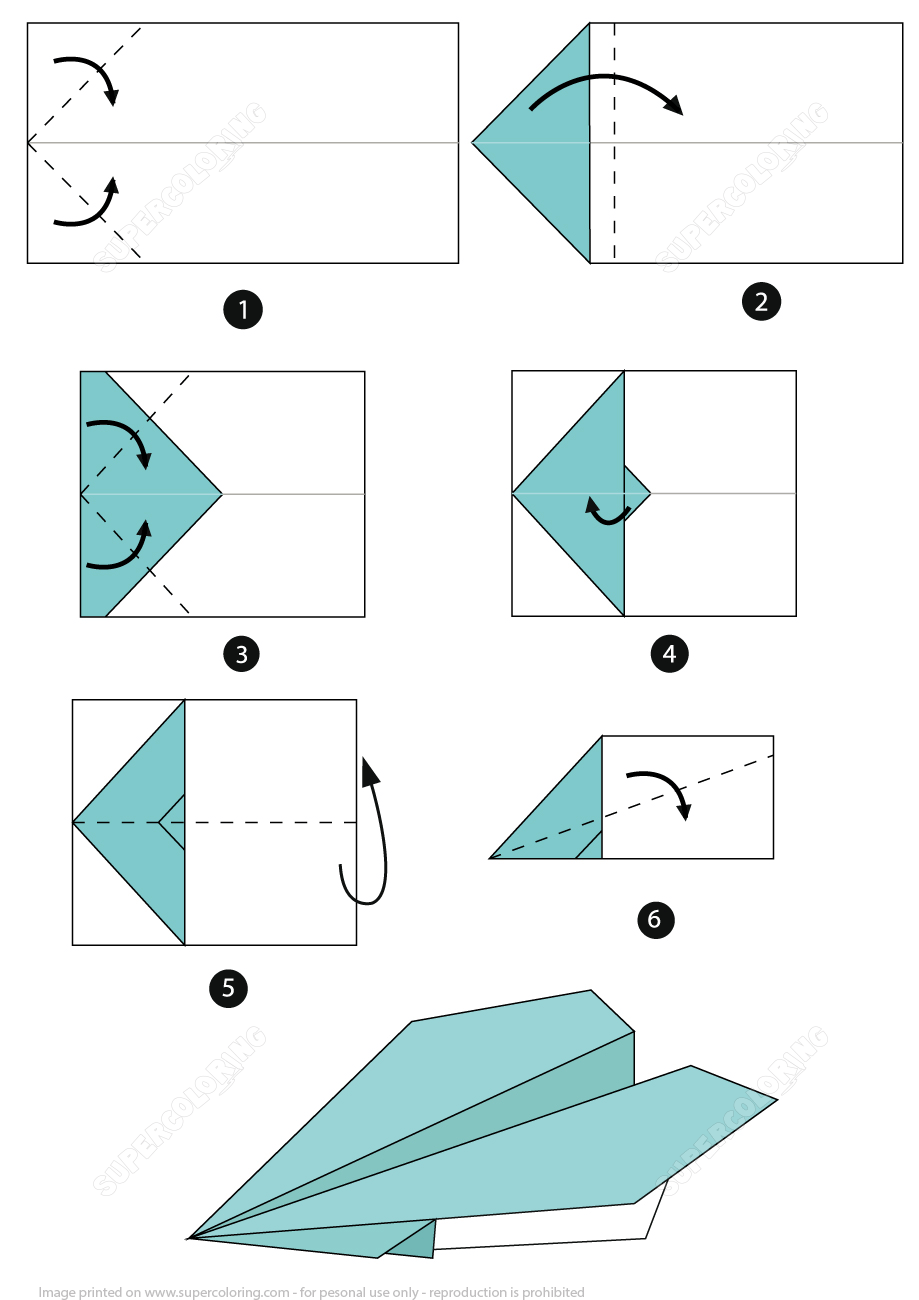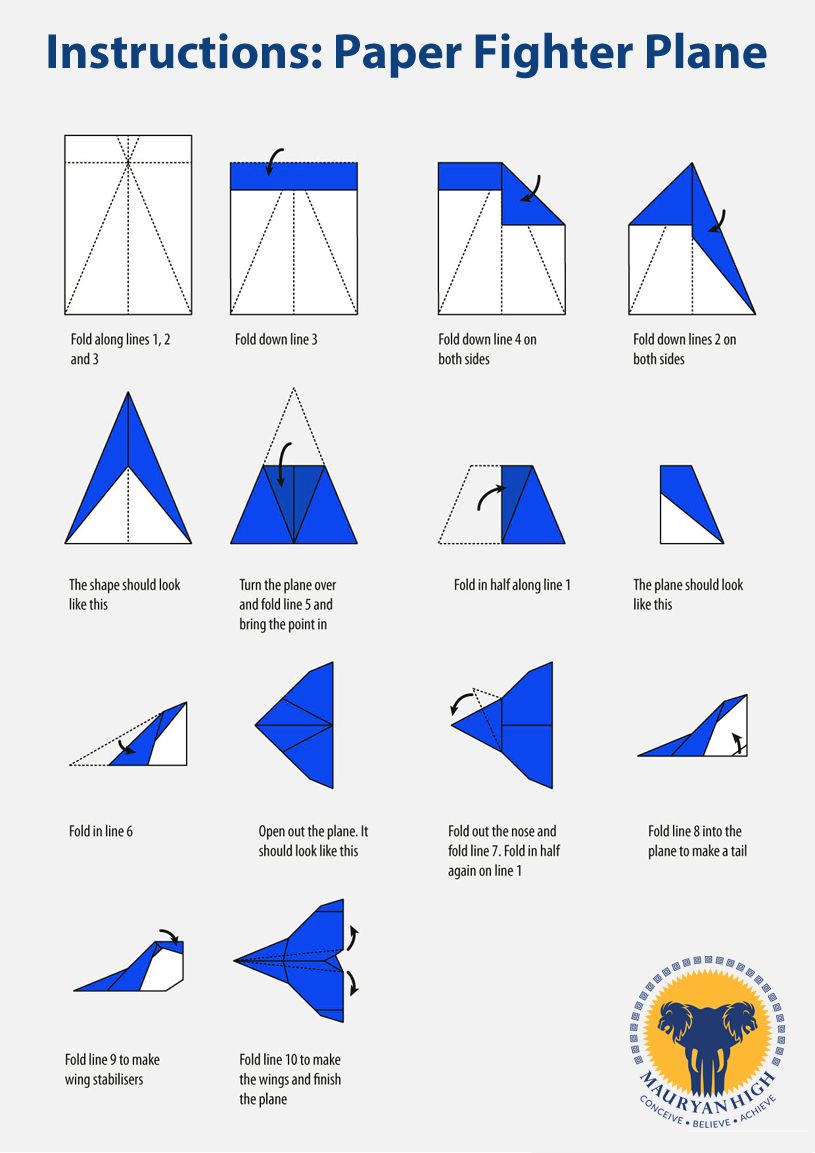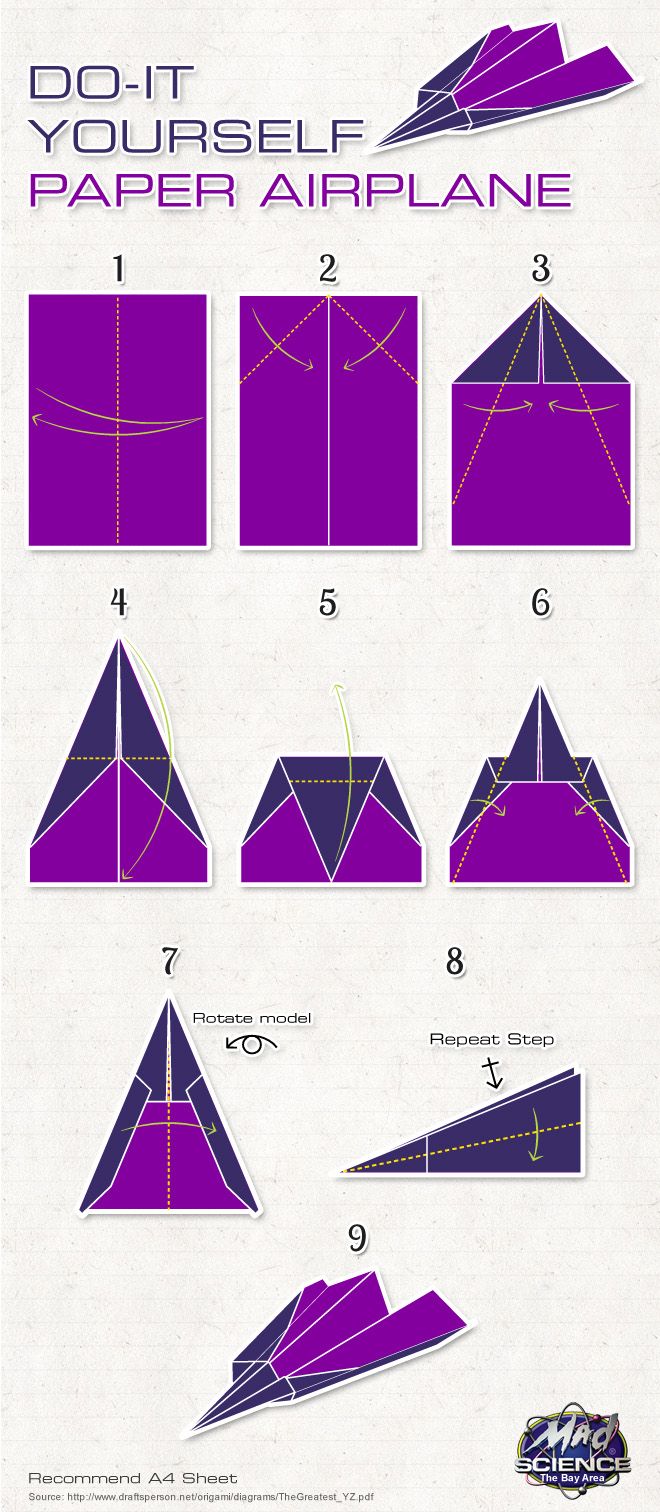Creating a paper aeroplane is a fun and simple activity that brings joy to both kids and adults. Whether you’re looking for a crafty project to do at home, or you want to unleash your competitive spirit at the park, making a paper plane is a fantastic way to pass the time. With just a few folds in a piece of paper, you can craft a plane that soars through the air! In this guide, I'll provide easy step-by-step instructions on how to make your very own paper aeroplane. So grab your materials, and let's get started!
Materials Needed

Before we jump into the folding techniques, let’s gather everything you'll need to create a masterpiece in the air! Fortunately, making a paper aeroplane requires minimal supplies. Here’s a quick list:
- Paper: You can use regular printer paper, construction paper, or even magazine pages. Standard A4 or Letter size works best!
- Flat Surface: Find a clean and flat surface to work on. A table or a desk is perfect for this task.
- Scissors (optional): If you want to customize your plane’s wings or body, having a pair of scissors handy can be useful.
- Ruler (optional): For precise measurements, a ruler can help ensure your folds are straight. Though, with practice, you can do it by eye!
- Pencil (optional): You might want a pencil to mark where to fold, especially if you’re a beginner.
That’s all you need! The beauty of making paper aeroplanes is that they require minimal supplies. With these materials at your disposal, you’re just a few folds away from watching your plane take flight. Ready? Let’s move on to the fun part!
3. Step-by-Step Instructions

Making a paper aeroplane is super fun and easy! Whether you're at home, at school, or just looking for a quick activity, follow these simple steps to create your own flying masterpiece. Grab a sheet of paper, and let’s get started!
- Start with a Piece of Paper: Grab a standard A4 or Letter-sized sheet of paper. You can use plain paper or any fancy patterned paper you have lying around!
- Fold in Half: Take the paper and fold it in half lengthwise. This creates a crease down the center that will help guide your folds.
- Unfold and Make the Nose: Unfold the paper and then fold the top two corners down towards the center crease. This should create a triangle shape at the top of your paper, forming the nose of the aeroplane.
- Fold the Nose Down: Now, fold the entire triangle you just created down so the tip meets the bottom edge of the paper.
- Fold the Corners Again: Take the new top corners and fold them down to the center crease again. You'll notice the shape of your plane starting to form!
- Final Folds: Fold the paper in half along the initial crease. Then, fold down each wing at an angle, ensuring they are equal on both sides.
- Check for Balance: Ensure both wings are symmetrical. You can adjust them if needed to help with flight stability.
- Ready for Flight! Hold the plane from the bottom, just where the nose meets the body, and give it a gentle throw!
4. Different Designs of Paper Aeroplanes

Now that you know how to craft a basic paper aeroplane, let’s explore some cool designs. Each design offers unique flight characteristics, and trying them all can be a blast. Here are a few popular designs you might want to try:
| Design Name | Description | Best For |
|---|---|---|
| Classic Dart | A sleek, pointed design that flies fast and straight. | Distance flying and competition! |
| Glider | A wider wingspan that catches the air for a slow, long glide. | Achieving maximum flight time. |
| Stunt Plane | A smaller, more compact design that's perfect for tricks. | Performing loops and spins. |
| Stealth Bomber | A unique folded design that has a triangular shape. | Creating special effects in wind. |
Feel free to experiment with different paper types, sizes, and folding techniques to personalize your designs. Who knows? You might just invent the next great paper aeroplane!
Tips for Making Your Aeroplane Fly Better
So, you've just crafted a sleek paper aeroplane, and you’re eager to send it soaring through the air. Before you do, let’s go over some handy tips that can help improve your aircraft's flight performance. After all, who doesn’t want their paper plane to fly like a champion?
- Choose the Right Paper: The type of paper you use can greatly affect flight. Lighter paper can float nicely, but heavier paper can provide better stability. Experiment with different weights and textures.
- Fold Accurately: Precision is key! Make sure your folds are neat and sharp. Uneven folds can throw off the balance and cause your plane to swerve mid-air.
- Balance is Everything: If your plane tips to one side, you can adjust the wings for better balance. Try bending the wings upward slightly for a smoother gliding experience.
- Aerodynamic Design: Consider modifying the design to enhance aerodynamics. Adding winglets or adjusting the wing shape can drastically improve flight distance and time.
- Test and Tweak: Don’t be afraid to test your plane! If it doesn’t fly as expected, make small adjustments. Trim the wings or slightly adjust the nose for better stability.
- Launch Technique: The way you throw your aeroplane matters! A gentle, straight throw at a slightly upward angle can help your plane catch air and soar higher.
With these tips in hand, you’ll be ready to take to the skies and impress your friends with your paper aeroplane prowess!
Frequently Asked Questions
Got questions about creating the perfect paper aeroplane? Don’t worry; we’ve got answers! Here are some common queries that new paper aviators often have:
| Question | Answer |
|---|---|
| What is the best type of paper to use? | Lightweight paper like printer paper or origami paper works well. It’s sturdy enough to hold folds but light enough to fly! |
| How can I make my plane fly farther? | Ensure it's balanced well and make clean, sharp folds. A gentle launch at an upward angle will also help! |
| Can I decorate my aeroplane? | Absolutely! Just be mindful that heavy decorations can affect how well it flies. Stickers or light drawings are great! |
| What if my aeroplane won't fly straight? | This may indicate an imbalance or uneven wings. Adjust the wings and test it again until you achieve a straight flight. |
| Is there a perfect design for a paper aeroplane? | There are many designs, each excelling in different aspects of flight. Experiment with various styles to find your favorite! |
With these insights, you’ll be well on your way to becoming a paper aeroplane expert! Whether for fun or a flight competition, you're set to impress anyone with your flying skills!
How to Make a Paper Aeroplane with Easy Step-by-Step Instructions
Creating a paper aeroplane is a fun and simple activity that can be enjoyed by people of all ages. Not only is it easy to learn, but it also encourages creativity and helps develop fine motor skills. Follow these easy, step-by-step instructions to learn how to make a basic paper aeroplane.
Materials Needed:
- A4 or Letter-sized paper
- Pencil (optional for drawing guidelines)
- Flat surface for folding
Step-by-Step Instructions:
- Start with the Paper: Take your A4 or Letter-sized paper and lay it flat on the table with the shorter side facing you.
- Fold in Half: Fold the paper in half lengthwise, then reopen it to create a center crease.
- Create the Nose: Fold the top two corners in towards the center crease to form a triangle shape at the top. Press down firmly on the folds.
- Fold Down the Triangle: Fold the triangle flap you just created down over the two corner folds.
- Form the Wings: Take the top edges of the paper and fold them down to meet the bottom edge, creating wings. Ensure both wings are even.
- Add Wing Flaps: To improve flight stability, you can make small upward folds at the edges of the wings.
- Final Touches: Gently unfold the wings and make sure everything is aligned. You can adjust the angles for optimal flight.
Tips for Great Flight:
| Tip | Description |
|---|---|
| Use Lightweight Paper | Thinner paper flies better and is easier to fold. |
| Make Precise Folds | Accurate folds ensure better aerodynamics. |
| Test Flights | Experiment with wing angles for improved flight distance. |
In conclusion, making a paper aeroplane is not only easy but also a delightful way to pass the time. With just a few simple steps and materials, you can create your own flying contraption and enjoy testing its flight capabilities.










